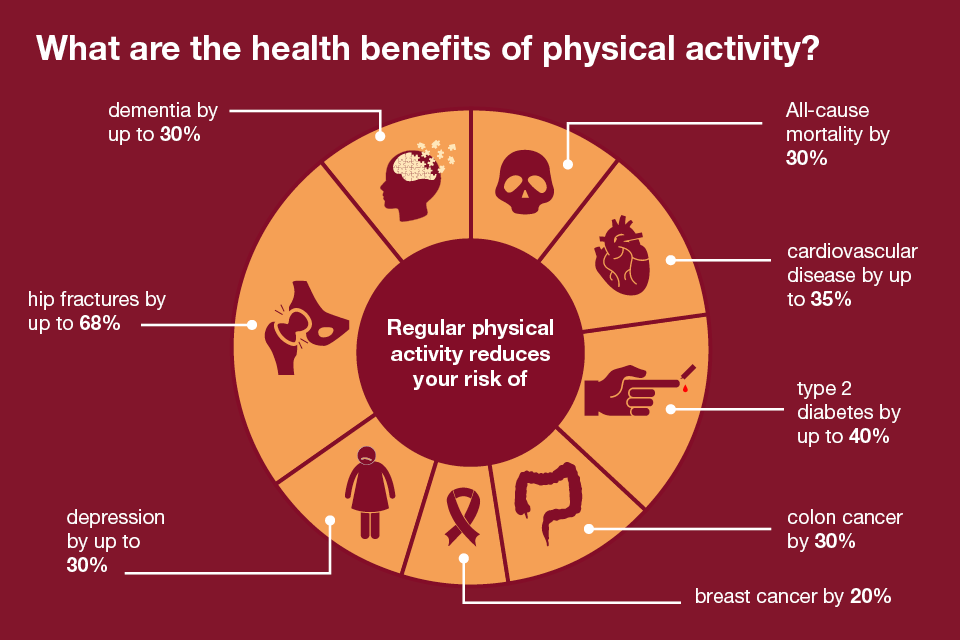The impact of global warming on sports – from grassroots to megaevents
In recent years, the devastating effects of global warming have become increasingly impossible to ignore. Among the many sectors grappling with these changes, the world of sports stands out as particularly vulnerable. From grassroots games in local communities to global spectacles like the Olympics, the changing climate poses challenges that threaten not just the events themselves but the athletes, spectators, and environments that support them. One striking example is the looming threat of wildfires in California and their potential impact on the Los Angeles 2028 Olympic and Paralympic Games.
Photo source: AP News
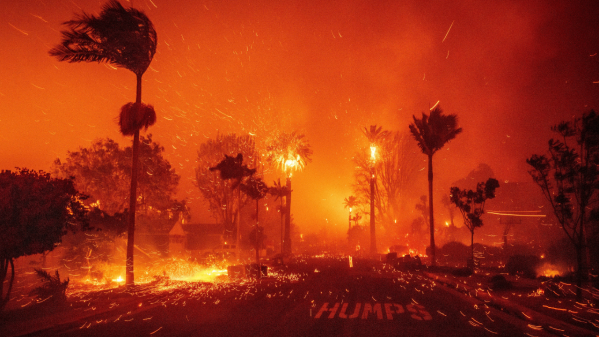
Climate challenges and the future of global sporting events
California has long been a hub for sporting events, but its susceptibility to wildfires has become a growing concern. The recent wildfires which have spread across the city in January of this year have been record-breaking, scorching tens of thousands of acres and forcing the evacuation of communities and blanketing cities in hazardous smoke. As climate change drives rising temperatures, prolonged droughts, and more intense fire seasons, experts warn that these challenges could escalate in the coming years.
This poses a significant dilemma for Los Angeles, which is scheduled to host a series of high-profile events: the FIFA World Cup in 2026, the Super Bowl in 2027, and the Summer Olympics and Paralympics in 2028. While organisers of the 2028 Games have emphasised sustainability, committing to the use of existing infrastructure, renewable energy, and expanded public transport, hosting such events amidst worsening wildfire risks presents unique challenges.
The health and safety of athletes, spectators, and residents are at stake, as wildfire smoke can severely impact air quality, potentially impairing athlete performance and posing health risks to attendees. Additionally, emergency response systems could face extreme pressure if resources are stretched thin by concurrent climate-related disasters.
This month’s wildfires have already sparked widespread speculation about the preparedness of Los Angeles to host these mega-events. While no major sporting venues sustained damage, rebuilding homes and critical infrastructure in affected areas will require significant resources, adding further strain to planning and budgets.
California is not alone in facing climate-related challenges to sporting events. The 2010 Commonwealth Games in Delhi were disrupted by severe flooding during monsoon season, while the Australian Open introduced an Extreme Heat Policy from 2019 to ensure there aren’t any health complications for players, with temperatures often exceeding 40 degrees. More recently, the 2020 Australian bushfires once again brought air quality concerns to the forefront during international sporting competitions.
As the LA 2028 Games draw closer, addressing the intersection of climate change, public safety, and global sporting events will require not only careful planning but also proactive measures to mitigate risks in an increasingly unpredictable environment.
Photo source: ESPN

The ripple effect on grassroots sports
While global sports megaevents often capture headlines, grassroots sports are equally impacted by climate change.
Local football leagues, community marathons, and youth sports programmes are increasingly disrupted by extreme weather. Heatwaves, for instance, pose a serious threat to players’ health, especially in areas where resources to mitigate heat risks, such as shaded facilities or hydration stations, are limited.
The physical infrastructure of grassroots sports is also under threat. Prolonged droughts and flooding degrade natural playing fields, making them unsafe or unplayable.
In Valencia, during November 2024, extreme weather damaged 150 football fields, with 15 completely destroyed. In the UK, the "Save Our Grassroots" campaign was launched in 2024 in response to repeated flooding of sports pitches. One club reported that its field was submerged under nine inches of water in December, highlighting the scale of the challenge.
This issue is not confined to football. A recent YouGov survey revealed that 64% of UK golfers and 60% of cricket players experienced weather-related disruptions, with an estimated 120,000 games lost annually across these sports due to extreme weather conditions.
These challenges create significant barriers to participation for many young athletes, jeopardising not only the development pipeline for professional sports but also the broader health, wellbeing, and community cohesion that grassroots sports foster. Without urgent action and investment, the future of grassroots sports, and the communities they serve, remains at risk.
Photo source: BBC News
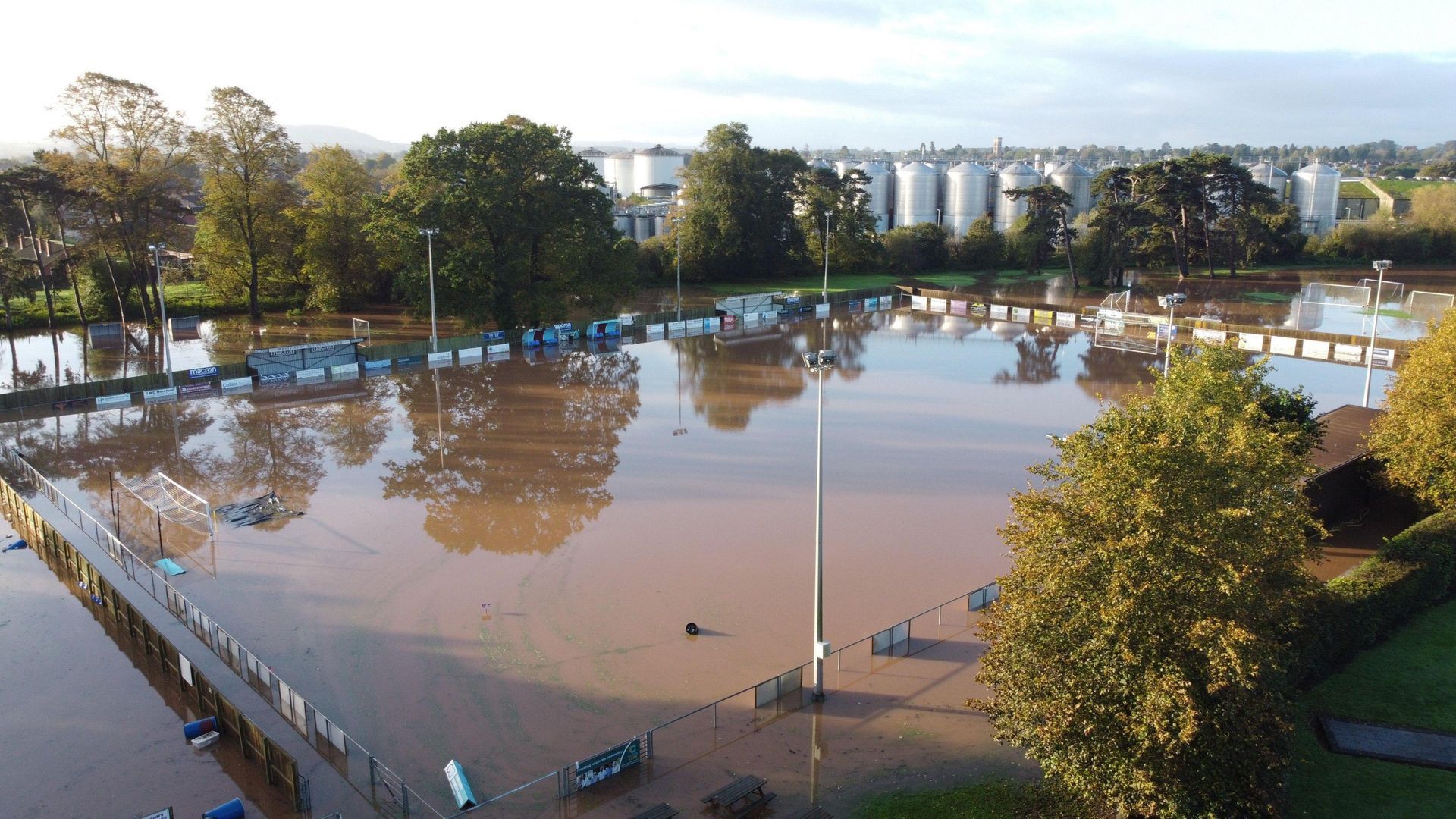
The financial toll
The impact of global warming is placing an immense financial strain on sports infrastructure around the world. Stadiums, training facilities, and golf courses are increasingly vulnerable to extreme weather conditions, with hurricanes, floods, and rising sea levels posing significant risks, particularly for coastal facilities. For example, Hurricane Katrina in 2005 caused extensive destruction to sports venues, resulting in millions of pounds in damages. The challenges are mounting, as Climate X projects that NFL stadiums alone could incur weather-related damages of $11 billion by 2050, stemming from flooding, storm surges, and wildfires.
Winter sports venues are also under pressure, facing declining natural snowfall and shorter winter seasons. These conditions have forced an increased reliance on artificial snow production, a practice that not only comes with high financial costs but is also a significant contributor to carbon emissions, compounding the climate crisis.
In response, many organisations are investing in climate-resilient infrastructure. The Qatar 2022 FIFA World Cup incorporated cooling technologies to combat extreme heat, while Wimbledon’s All England Club has introduced measures to manage increasingly unpredictable weather during the tennis tournament. However, these adaptations often come at a high financial cost, raising questions about accessibility and sustainability, particularly for less affluent regions.
The financial toll of climate-related disruptions extends beyond infrastructure to the games themselves. In 2023, wildfire smoke originating from Canada forced the cancellation of several events in Major League Baseball, the Women’s National Basketball Association, and the National Women’s Soccer League due to hazardous air quality. The economic impact of these disruptions is substantial. For instance, the cancellation of a single NHL game could result in a revenue loss of $600,000 to $2.2 million, while MLB games typically face losses averaging $640,000 per game. The NBA could see losses ranging from $1 million to $3.2 million per cancelled match. Such financial hits not only strain the organisations involved but also highlight the growing need for proactive climate adaptation measures across all levels of sport.
Photo source: Daily Mail
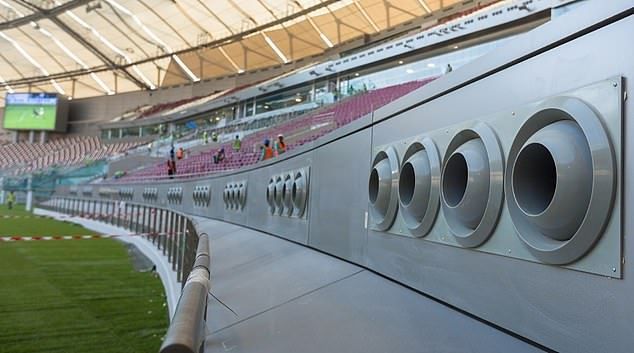
The role of sports organisations in climate action
Recognising the growing threat of climate change, many sports organisations are stepping up to take action. The International Olympic Committee has committed to reducing carbon emissions by 50% by 2030, with initiatives such as using renewable energy and offsetting emissions. Similarly, organisations like the Premier League and the National Football League have introduced sustainability programmes aimed at reducing their carbon footprints.
While many sports bodies and federations are publishing sustainability reports and measuring their carbon emissions, it’s evident that the major challenge for many lies in the emissions resulting from travel and transport, which often account for 60-80% of an event's total emissions. Addressing this issue is one of the most effective ways to reduce emissions by promoting more sustainable travel practices.
Photo source: Geotab
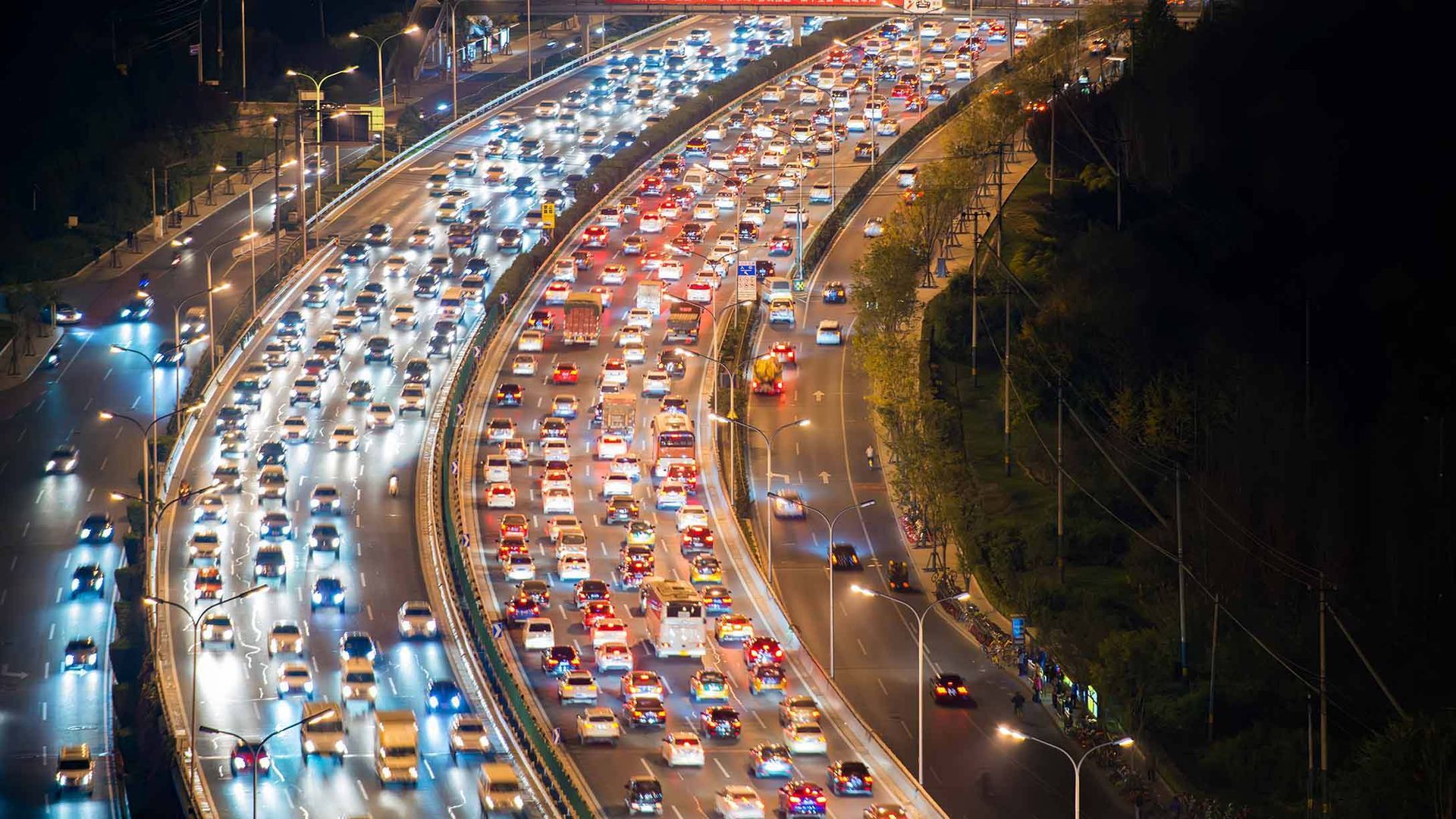
A call to action
The intersection of global warming and sports is a complex and urgent issue. As the Los Angeles 2028 Olympics approach, the potential impact of wildfires and other climate-related challenges underscores the need for immediate action. Whether through investing in resilient infrastructure, supporting grassroots sports, or holding organisations accountable for their environmental impact, the sports community has a unique opportunity to lead by example.
One of the most significant ways to address climate change in sports is by tackling emissions from travel. Transport remains one of the largest contributors to global carbon emissions, and the movement of athletes, fans, and equipment to and from events adds considerably to this footprint. By prioritising sustainable travel solutions, such as active travel, public transport, carpooling, or low-emission vehicles, sports organisations and venues can make a substantial impact. This not only reduces the environmental burden of events but also sets a powerful example for other industries whilst enhancing the fan experience.
Ultimately, the ability of sports to remain resilient in the face of climate change relies on collective action. Through embracing innovation, encouraging collaboration, and prioritising sustainability, the sports industry can continue to inspire and bring people together. If you're keen to take action and address sustainable travel within your organisation, event, or venue, please reach out to us at hello@intheround.global.




